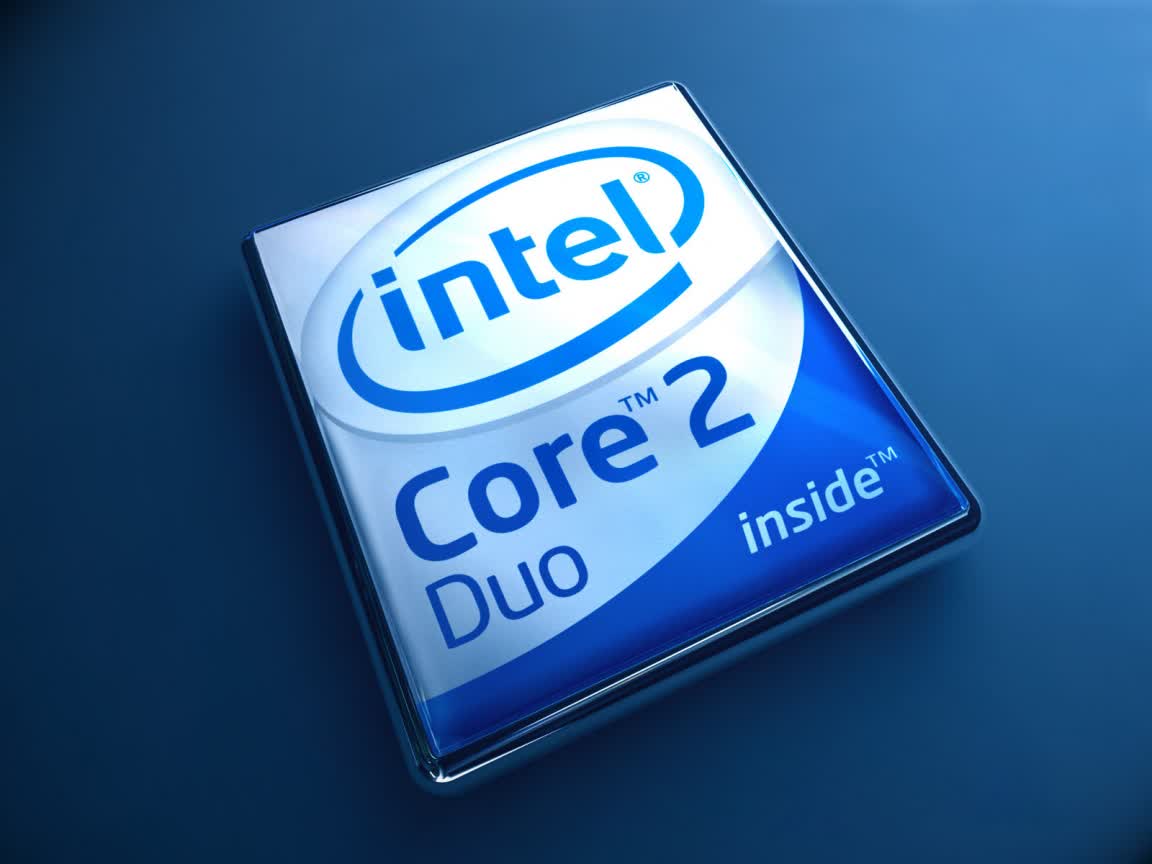Final Thoughts: Best value?
The performance results were interesting as some of the synthetic and real world testing showed the E6300 to be significantly slower than the E6700. Despite this, the E6300 was still quite a lot faster than the Pentium D 950, which is impressive given the low-end Core 2 Duo processor is cheaper already. Take the Super PI results for example, the Pentium D 950 took 37 seconds to complete the 1MB calculation, whereas the E6300 took just 26 seconds. That's a 30% difference in performance. There shouldn't be a doubt in your mind, Core 2 Duo processors have arrived to take over Pentium Ds as quickly as possible, and while at it try to recover some of the ground lost to AMD.
In some tests there was barely any performance difference between the E6300 and E6400 processors. For an extra $40 you can get the faster processor, which translates into an overall 10% performance gain. Depending on how much you are willing to spend, the upgrade might be hard to justify.
The story was not very different the Core 2 Duo E6600 and E6700 processors, as they were only marginally faster than the 2MB L2 Cache processors. The L2 cache did not seem to make much of a difference in our tests, which certainly surprised me. Rather the frequency appears to be the driving factor for now, as games such as UT2004 scored roughly 20fps more each time the frequency was boosted by roughly ~270MHz. However, games such as Quake 4 and Prey performed much the same on all four Core 2 Duo processors because of the graphics card bottleneck.
This has to make you wonder if forking out the extra cash for the next best processor is really worth it since the base model is more than capable of accommodating for a Radeon X1900XTX. However, customers that can afford a $470 graphics card probably will not have an issue dishing out $530 for an E6700 processor. And they certainly should not have any qualm about spending $320 on an E6600 either.
If SLI or Crossfire is in your plans, then going for the fastest processor possible does make sense, since the Core 2 Duo performance escalates accordingly as frequencies are increased.
If overclocking is on the agenda, I believe the Core 2 Duo E6300 should not have a problem hitting at least 2.5GHz using a decent motherboard. My advice in such case would be to purchase the processor model that fits your budget better and spend a little extra getting a high-quality motherboard. We know for a fact Core 2 Duos are indeed good (if not great) overclockers.
| CPU | Clock Speed | L2 Cache | Price |
| Core 2 Duo E6700 | 2.66GHz | 4MB | $530 |
| Core 2 Duo E6600 | 2.40GHz | 4MB | $316 |
| Core 2 Duo E6400 | 2.13GHz | 2MB | $224 |
| Core 2 Duo E6300 | 1.86GHz | 2MB | $183 |
Intel Core 2 Duo processors just started shipping late last week, and supplies seem to be quite tight initially. As a matter of fact, the few retailers selling boxed CPUs today are doing so at prices above the ones Intel specified, so we recommend you wait at least a little longer if you want one, so you pay a fair price. As system builders and resellers get more processors to satisfy demand, this situation should be normalizing in the weeks to come.

It shouldn't go without saying that if you plan to purchase a new Core 2 Duo processor right away, think about what you are going to use if for and certainly take your current hardware configuration into account. For those looking for a great performance budget processor I would highly recommend the E6300 as it is still faster than any of Intel's current processors in the majority of tests.
